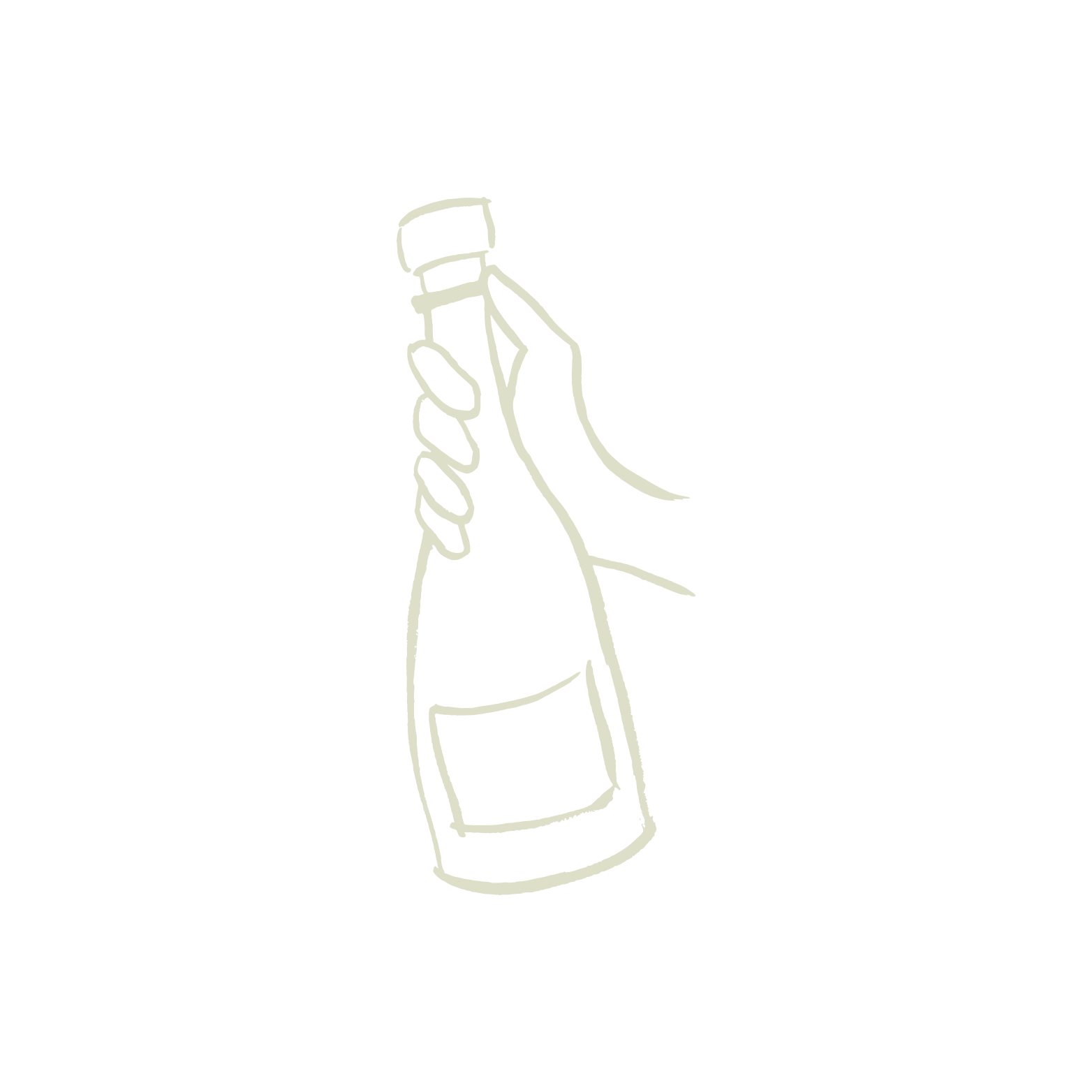Symbolic success: Champagne in Hip-Hop

The relationship between hip-hop and Champagne is an incredibly interesting story about culture, defiance, and the power of music.
Champagne has always been associated with luxury, royalty and nobility. Dating back to the powdered wigs and petticoats of the 1700s, French aristocrats served their finest bubbles in tribute to kings and queens.
It wasn’t until the industrial revolution that the middle class declared this sparkling libation to be the symbol of “the good life.”
Toward the end of the 19th century—much thanks to F. Scott Fitzgerald and the Gatsby fan club—the prestige of Champagne became the “centrepiece of bourgeois society,” and naturally, a delineation of class status. If you were drinking Champagne it meant that you were rich and important. If you weren’t? Well, it was a life to aspire to.
Fast forward to the 1970s where the beginnings of the hip-hop movement started to take shape in the economically depressed Bronx area of New York city.

In its adolescence, hip-hop music was a sense of belonging. It was a way to bring people together, to perform, and to be seen by those who might otherwise look the other way. Throughout the 80s and 90s, the urban cultural movement of hip-hop became a powerful platform and expression of protest—a protest of the impact of legal institutions, political discourse, law enforcement, prisons, and other deep rooted systemic issues that perpetuate marginalization.
Over the last few decades, in a culture where luxurious lifestyle often means success, it is no surprise that Champagne is still on the pedestal, especially when it comes to the emerging kings and queens of hip-hop.
How did Champagne become a symbol of hip-hop culture?
“Along the way, those glistening bottles became a symbol of the genre’s rapid ascent from fringe subculture to boardroom juggernaut—from up-and-coming emcees copying the Moët-sipping hustlers on the corner, to global superstars inking deals to own the same brands they made famous through their rhymes.” - Ryan Joseph, “The History of Champagne in Hip-Hop.”
A common theme for many hip-hop artists is attaining “the good life.” By introducing Champagne as a symbol and prop in their music and lifestyle, it meant, “Hey, we made it.” In the 80s and 90s famous emcees like Puff, Biggie, 2-Pac and Jay-Z exposed the global youth to big bubble names such as Cristal and Moët Chandon.
Enter Harlem trendsetter “Branson B’—or who Forbes refers to as hip-hop’s unofficial sommelier. It was Branson Belchie who was responsible for introducing Champagne to hip hop. In the 90s, Branson was a graffiti aficionado, emcee and manager in the music industry who would often bring along a bottle of bubbles to meetings and gatherings with friends such as Redman and Biggie. He figured that since doctors, lawyers and other successful professionals enjoyed bubbles as their drink of choice, why not them?

No one had ever heard of these big Champagne brands, so when popular hip-hop artists began drinking them at the club and name dropping them in their songs, it meant that they were elevating their game from the status quo “by showing more refined, and even slightly obscure, taste” - Jay-Z, Decoded.
Before long, Cristal and Moët were selling out in every liquor store, and clubs could barely keep up. 90’s NYC party promoter, Jessica Rosenblum, painted a picture for us: “There were no ice buckets. There were no tables. They were buying out Champagne at the bar, and we had to serve it to them in rubber busboy trays, because we had nothing to put Champagne in.”

Forget the glasses, everyone had their own bottle and would throw them all up on the bar like trophies for all to see. From scrappy to happy, hip-hop had made it to mainstream culture, and Champagne became currency.
Even after mainstream acceptance, the injustice and systemic racism that ignited the grassroots beginnings of hip-hop continued to run rampant. As willing and unpaid endorsers of the iconic Cristal brand, hip-hop artists were a huge reason for the incredible growth of Champagne sales in the states.
How were they thanked? A slap in the face coupled with patronizing disrespect for hip-hop culture. Frederick Rouzaud, family owner and CEO of Cristal Champagne, when asked how he felt about rappers drinking their Champagne, he replied, "What can we do? We can't forbid people from buying it. I’m sure Dom Perignon or Krug would be delighted to have their business.”
What Rouzaud and his family didn’t realize was that even though artists such as Jay-Z publicly endorsed and lyrically referred to their Champagne, hip-hop didn’t need them. Jay-Z clapped back, and announced that he would never drink nor promote the brand ever again.
So came the downfall of Cristal sales in the states, and the rise of Jay-Z’s own golden dipped brand of Champagne, Ace of Spades. He’s an example of a lotus that rose through the murky waters of his impoverished roots to blaze his own path, and is now regarded as one of the world’s most influential businessmen.
Back to bubble pioneer, Branson B, who eventually capitalized on the fame he built around Champagne, began working closely with grand cru grower-producer, Guy Charlemagne in the Côte de Blancs region. Together, they collaborated on Branson’s own label, Guy Charlemagne Selected By Branson B, which can be found in restaurants and wine shops around New York City. Belchie continues to be an influential figure in the wine world and believes “what makes a Champagne great is that you enjoy it." And we couldn’t agree more.

As we come to the end of this first week of Black History Month, we raise a glass in honor of the enriching art of hip-hop, all the important work that has been done, and most importantly, all there is left to do. We told you it was an interesting story!
Cheers!
Team fatcork
References
- Joseph, Ryan. “The History of Champagne in Hip-Hop.” First We Feast, December 2014
- Greenburg, Zack O'Malley. “Hip-hop’s Unofficial Sommelier.” Forbes, August 2010
- Century, Douglas Century. “Jay-Z Puts a Cap on Cristal.” NY Times, July 2006
- Scarano, Ross. “The Oral History of the Tunnel.” Complex, August 2012
- Quartz Chibber, Kabir. “The Symbolism in Jay-Z’s choice of Champagne.” The Atlantic, November 2014
- Smith Llewellyn, Caspar. “Decoded by Jay-Z Review.” The Guardian, December 2019
- SpearIt, “Muslim Hip Hop in the age of Mass Incarceration.” SSRN, September 18, 2016, at the Wayback Machine


